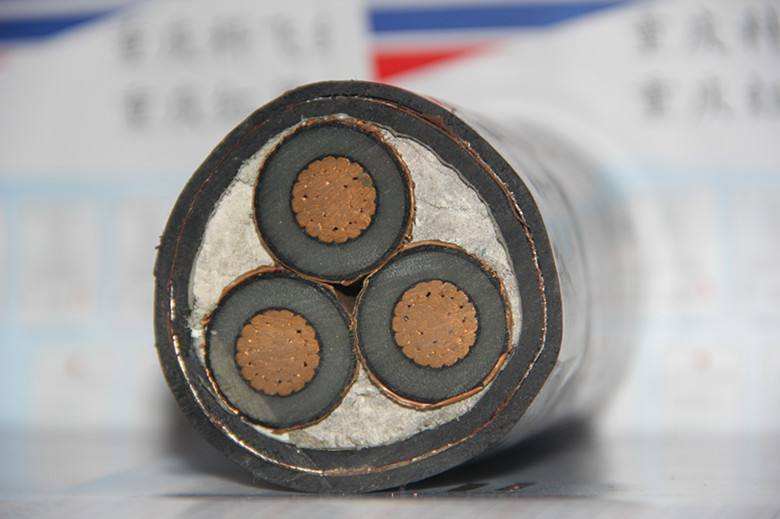
Underground power cable faults are complex and variable, and the causes of power cable faults can be roughly classified into the following categories.
Cable faults caused by mechanical damage account for a large proportion of cable accidents.
Some mechanical damage was minor and did not cause a malfunction at that time, and it took several months or even years for the damage to develop into a malfunction.
The main causes of mechanical damage to the cable are:
(1) Damage during installation.
The cable was accidentally damaged during installation; the mechanical traction was too large to strain the cable; excessive bending and tearing the cable.
(2) Directly damaged by external forces.
Civil construction is carried out on or near the cable path after installation, so that the cable is directly damaged by external force.
(3) The vibration or impact load of the moving vehicle may also cause the lead (aluminum) package of the underground cable to be cracked.
(4) Damage caused by natural phenomena.
If the inner joint or the inner insulating rubber of the terminal head expands to swell the outer casing or the cable sheath.
The outer sheath of the cable installed on the nozzle or the bracket is scratched.
The excessive tension is caused by the land settlement, and the intermediate joint or the conductor is broken.
When the insulation is wet, it will cause the cable's withstand voltage to drop and cause a malfunction.
The main reasons for the cable damp are:
(1) Water is introduced due to the structure of the joint box or the terminal box being unsealed or poorly installed.
(2) The cable is poorly manufactured, and the metal sheath has small holes or cracks.
(3) The metal sheath is pierced or corroded by foreign objects.
Insulation aging can cause the cable's withstand voltage to drop and cause a malfunction.
The main reasons for cable aging are:
(1) The slag or air gap inside the cable medium is free and hydrolyzed by the electric field.
(2) The cable is overloaded or the cable communication is poor, causing local overheating.
(3) Loss of insulation of oil-impregnated paper insulated cables.
(4) Power cable timeout limit is used.
Overvoltage can cause electrical breakdown of defective cable insulation, causing cable failure.
The main reasons are: atmospheric overvoltage (such as lightning strikes); internal overvoltage (such as operating overvoltage).
Poor cable head and intermediate design and manufacturing processes can also cause cable failure.
The main reason is that the electric field distribution is not well designed.
The materials are not properly selected; the process is poor, and it is not made according to the regulations.